 Bomber XB-70 VALKYRIE. The first jet bomber the BOEING b-47 came to the command of the U.S. air force in late 1951. However, the aircraft with maximum payload of about 10 tons could carry in their sections, not all types of bombs from the nuclear Arsenal of the United States at the time and thus became just a huge addition to the piston b-36. This circumstance was the cause of the development of the heavy bomber b-52, the first modification which was twice higher than the b-47 take-off weight in the range of about 5500 km, and, most importantly, could carry a hydrogen bomb MK.17 weighing 21 tons with a TNT equivalent of 20 megatons.
Bomber XB-70 VALKYRIE. The first jet bomber the BOEING b-47 came to the command of the U.S. air force in late 1951. However, the aircraft with maximum payload of about 10 tons could carry in their sections, not all types of bombs from the nuclear Arsenal of the United States at the time and thus became just a huge addition to the piston b-36. This circumstance was the cause of the development of the heavy bomber b-52, the first modification which was twice higher than the b-47 take-off weight in the range of about 5500 km, and, most importantly, could carry a hydrogen bomb MK.17 weighing 21 tons with a TNT equivalent of 20 megatons.
“SLAVUTYCH‑M1”: WING PLUS ENGINE
“In recent times, hang gliders have become popular — unique successors to gliders. Hang gliders quickly won the love of our youth, and with it, the right to exist. Naturally, there is a desire to install a small boat or motorcycle engine on a hang glider to fly not only in updrafts…” This statement belongs Read more…



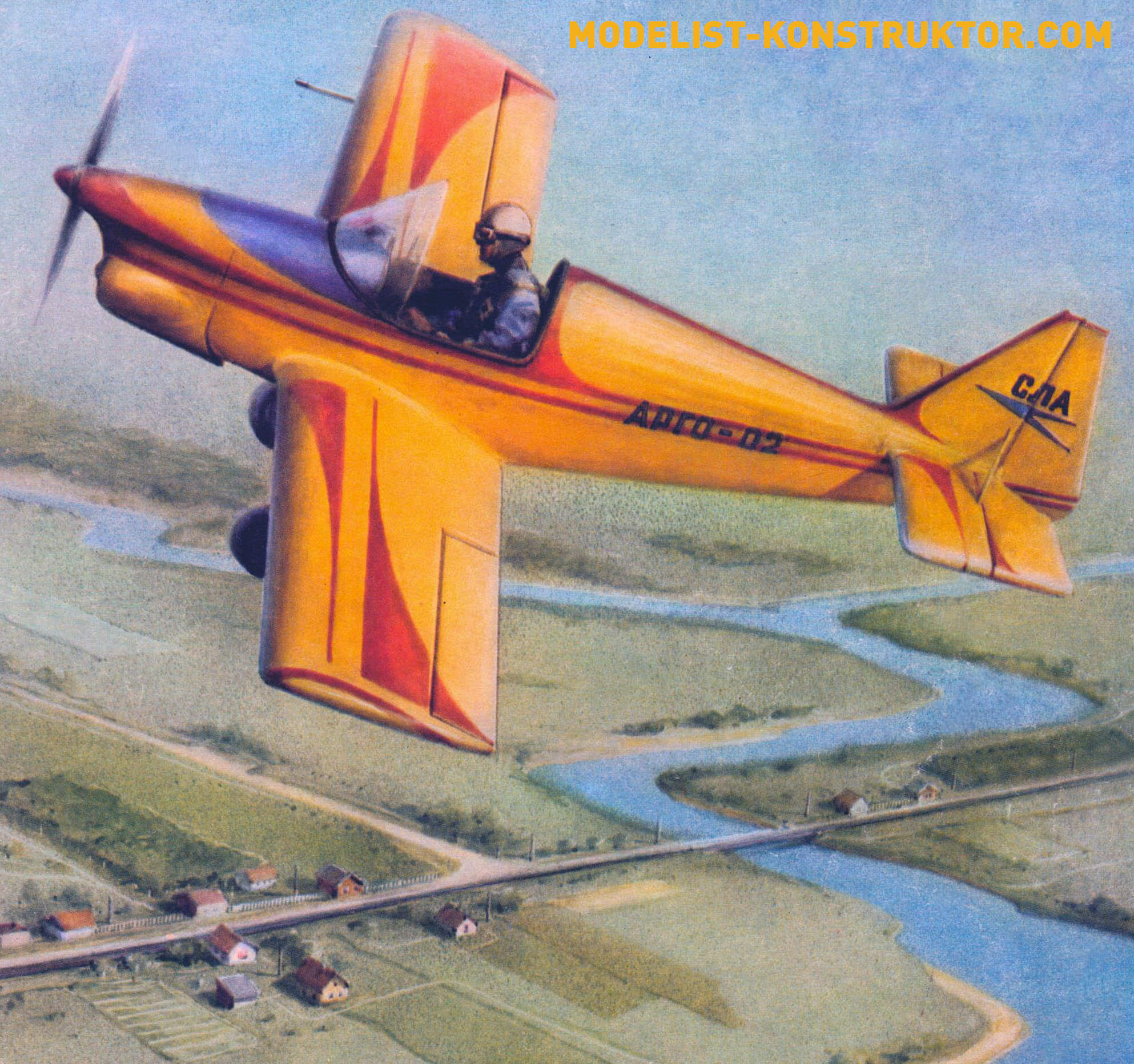
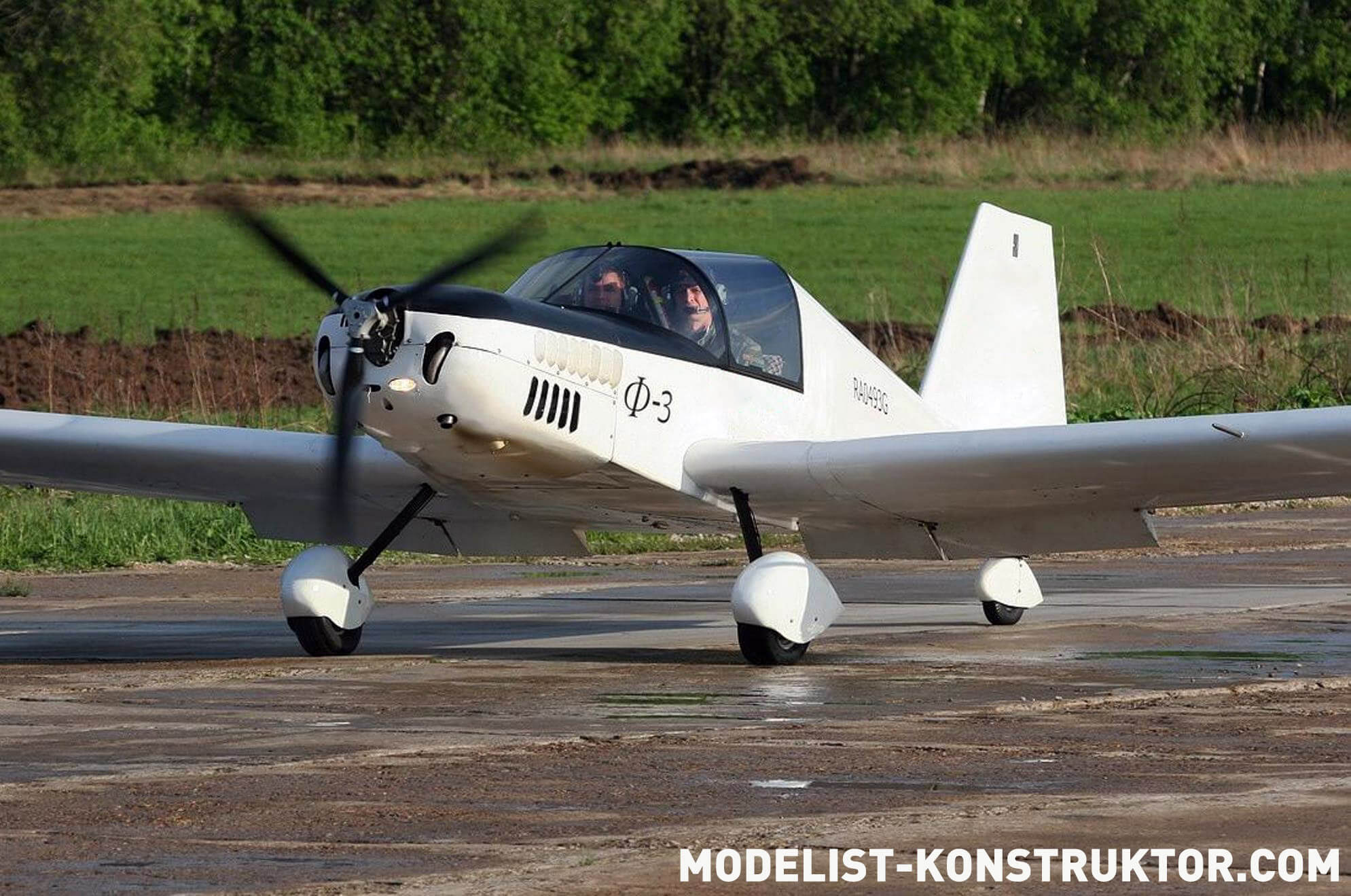


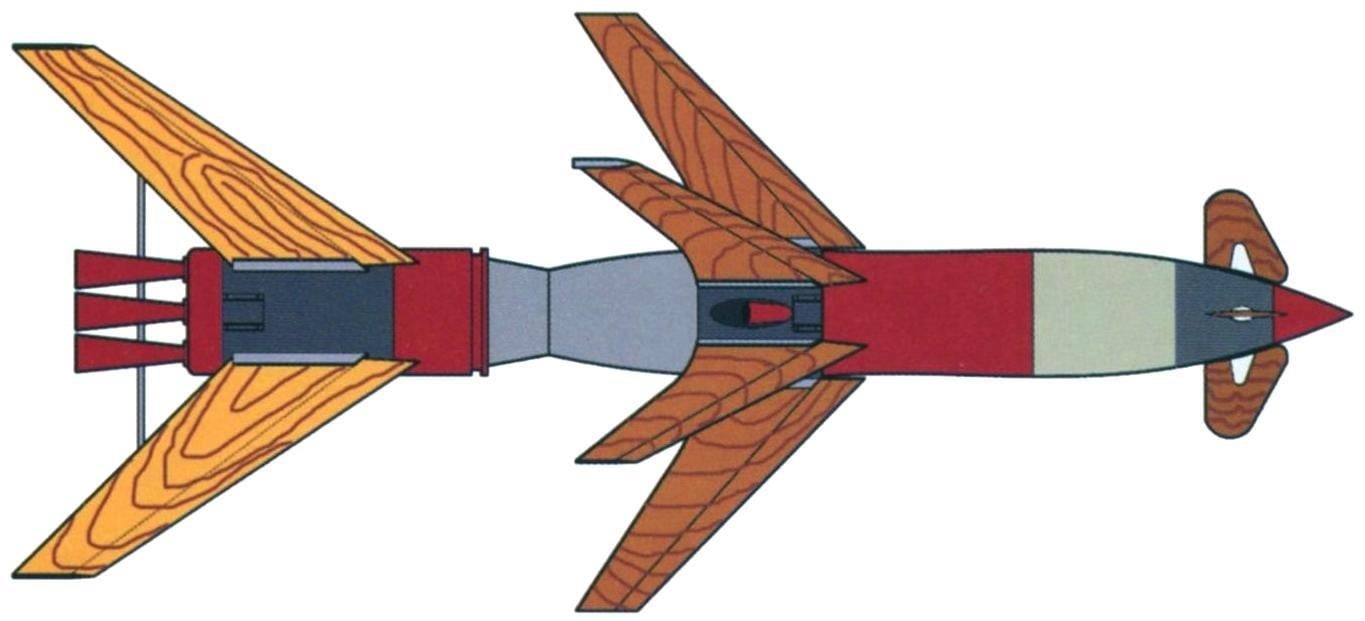
 Anti-aircraft guided missiles (AAGM) is located at the junction of rocket technology, electronics, precision mechanics and chemistry, and are the most complex class of missile weapons. Because of this, none of them in the years of the Second world war were brought to combat use, though the development and testing of such systems was carried out in England, USA, Germany and Japan.
Anti-aircraft guided missiles (AAGM) is located at the junction of rocket technology, electronics, precision mechanics and chemistry, and are the most complex class of missile weapons. Because of this, none of them in the years of the Second world war were brought to combat use, though the development and testing of such systems was carried out in England, USA, Germany and Japan.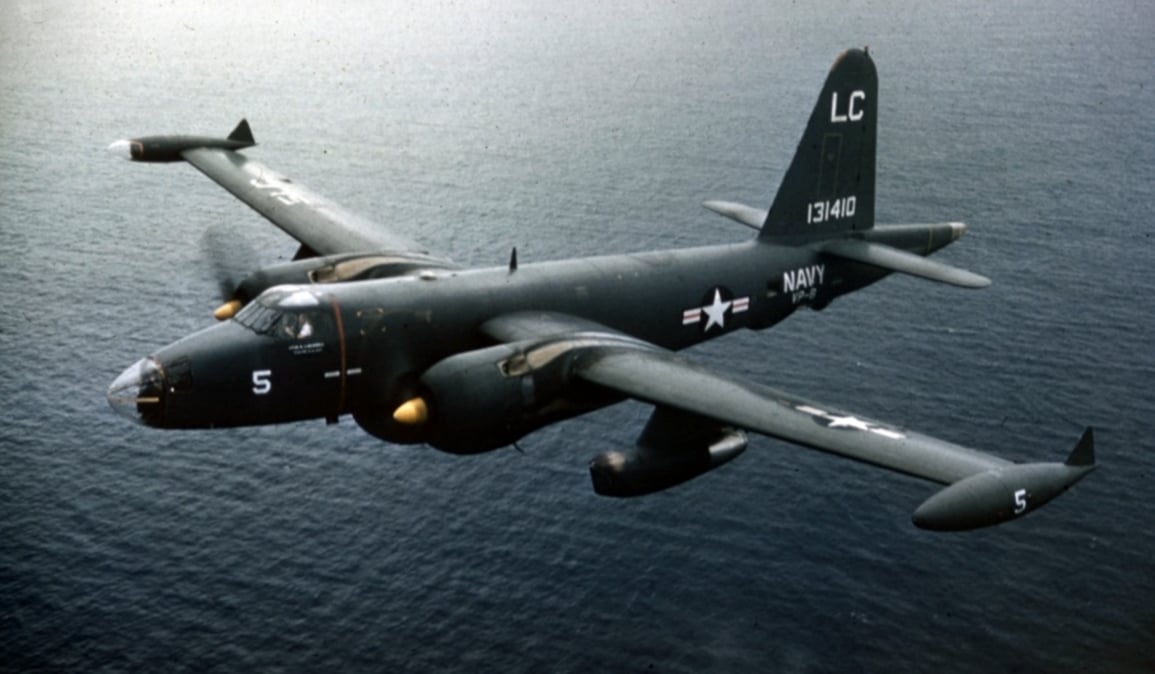
 Bomber P2V NEPTUN. In the late 30-ies of the leadership of the U.S. Navy began to develop the requirements for patrol aircraft anti-submarine escort convoys and deep sea exploration. New aircraft with long range flight was to carry the weapon systems of a wide range from conventional bombs to sea mines and torpedoes. To develop for this purpose flying boat did not make sense, because its pressurized fuselage are not satisfied with the capacious bomb Bay and external weapons worsens the already poor aerodynamics of a floatplane, reducing the maximum range and speed of flight.
Bomber P2V NEPTUN. In the late 30-ies of the leadership of the U.S. Navy began to develop the requirements for patrol aircraft anti-submarine escort convoys and deep sea exploration. New aircraft with long range flight was to carry the weapon systems of a wide range from conventional bombs to sea mines and torpedoes. To develop for this purpose flying boat did not make sense, because its pressurized fuselage are not satisfied with the capacious bomb Bay and external weapons worsens the already poor aerodynamics of a floatplane, reducing the maximum range and speed of flight.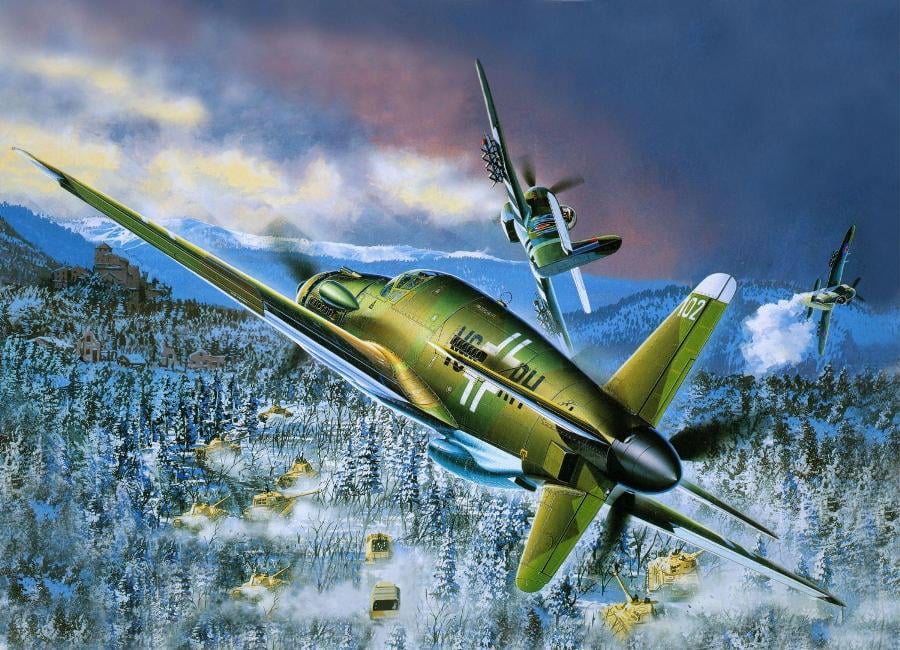
 This unusual aircraft built for the Luftwaffe by the famous German firm Dornier, which had its first flight in September 1943, became the fastest piston fighter in Germany. The maximum speed that was able to develop this aircraft at an altitude of 6400 metres, made up of 763 km/h!
This unusual aircraft built for the Luftwaffe by the famous German firm Dornier, which had its first flight in September 1943, became the fastest piston fighter in Germany. The maximum speed that was able to develop this aircraft at an altitude of 6400 metres, made up of 763 km/h!